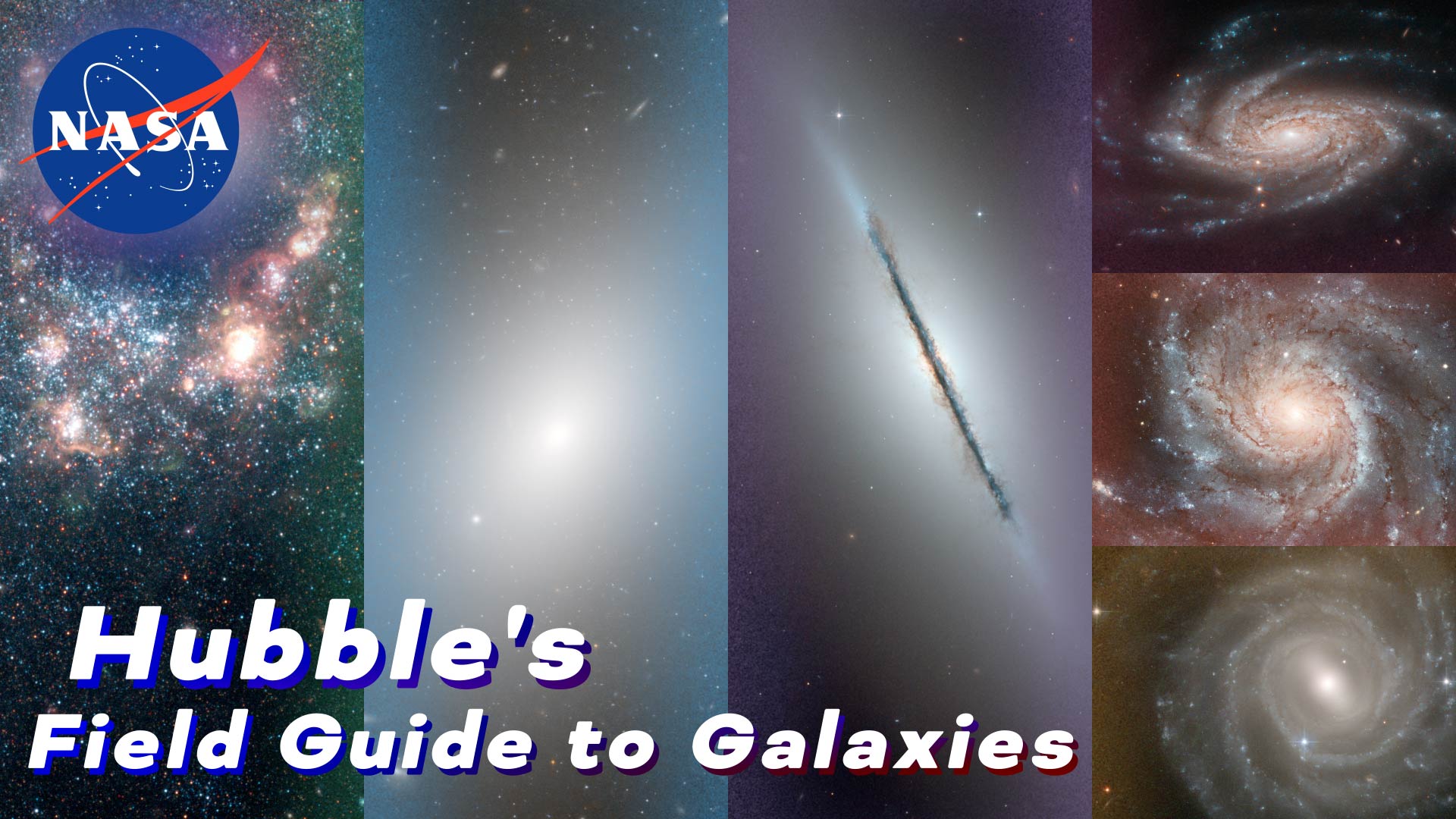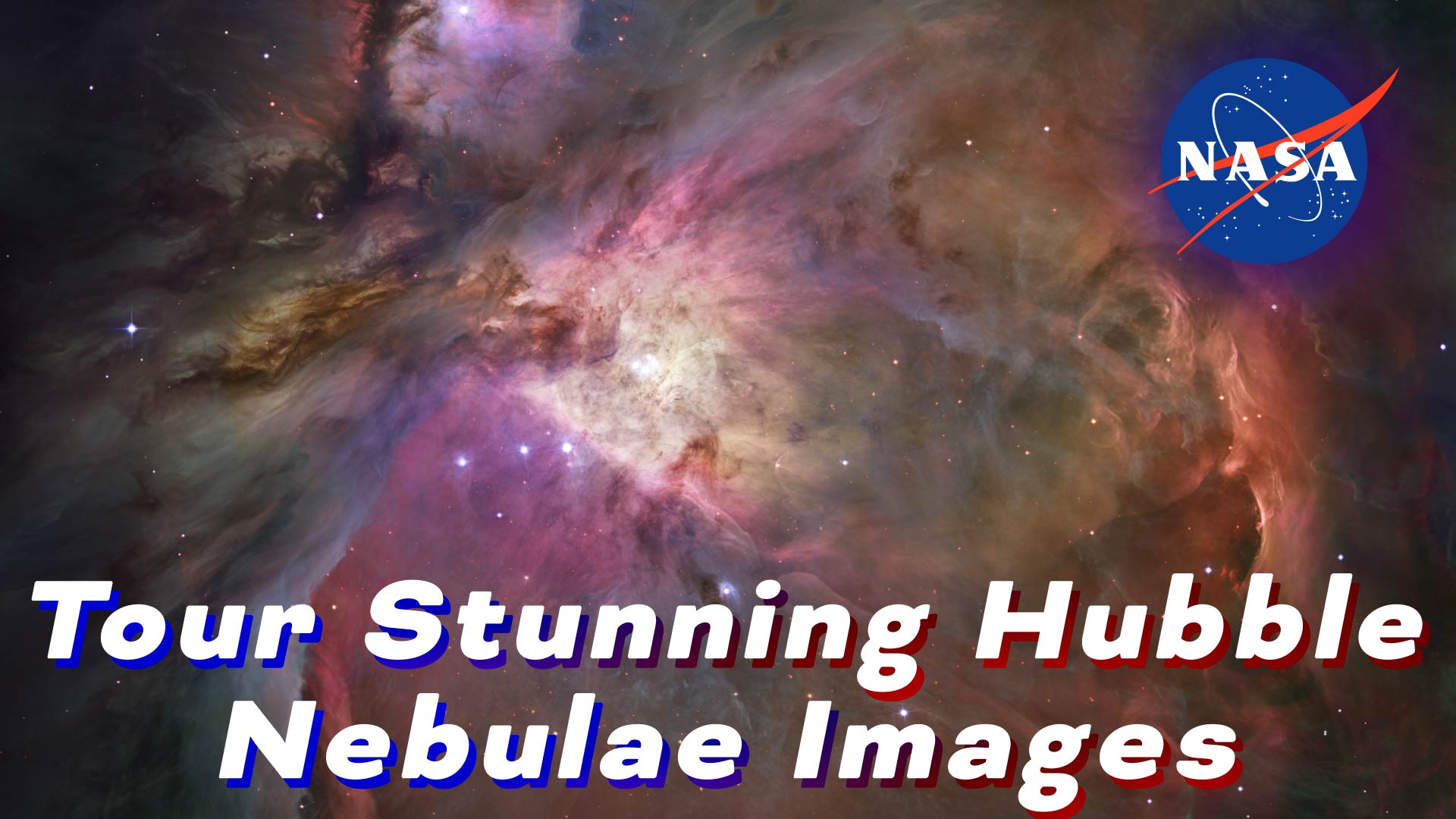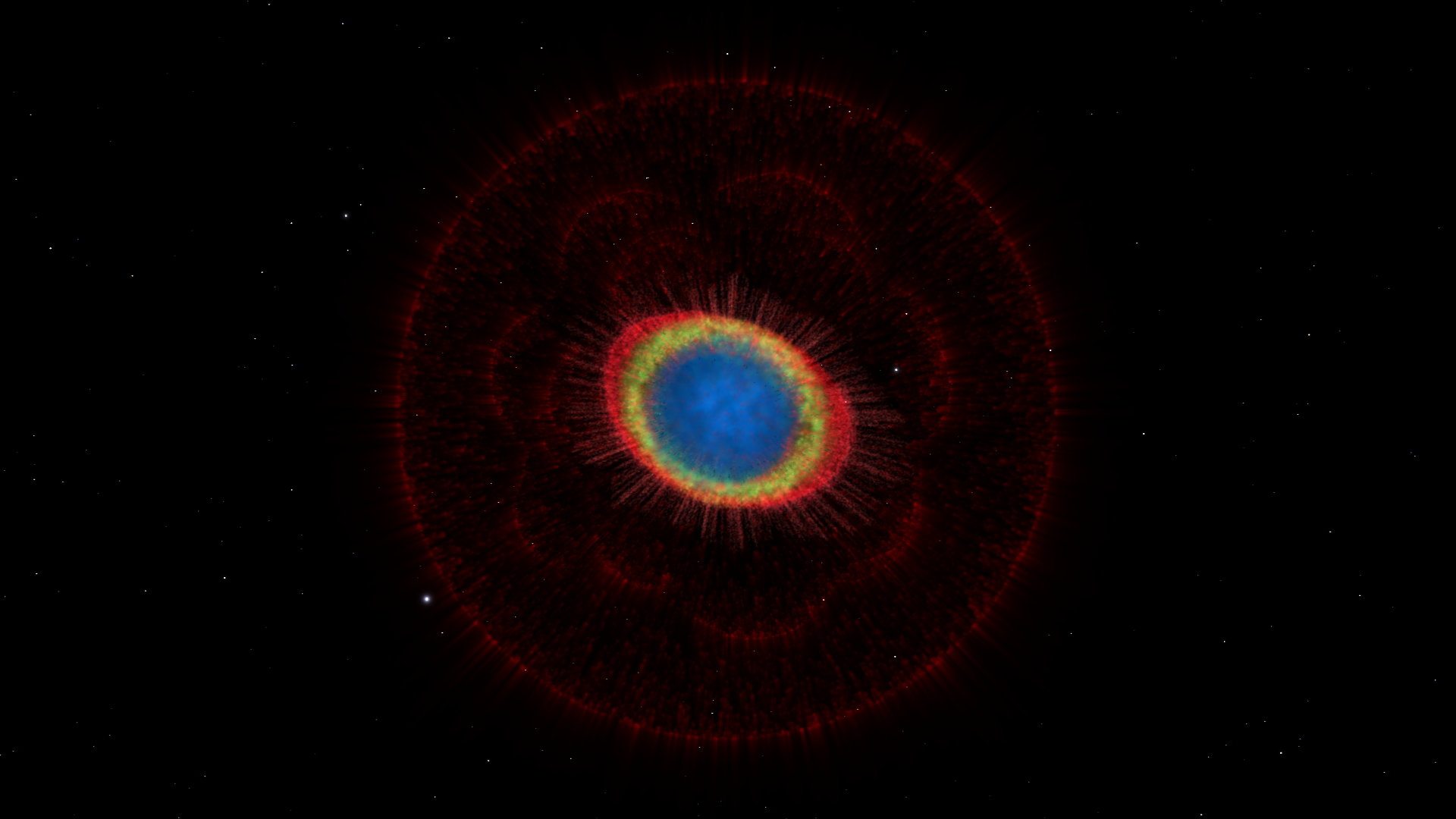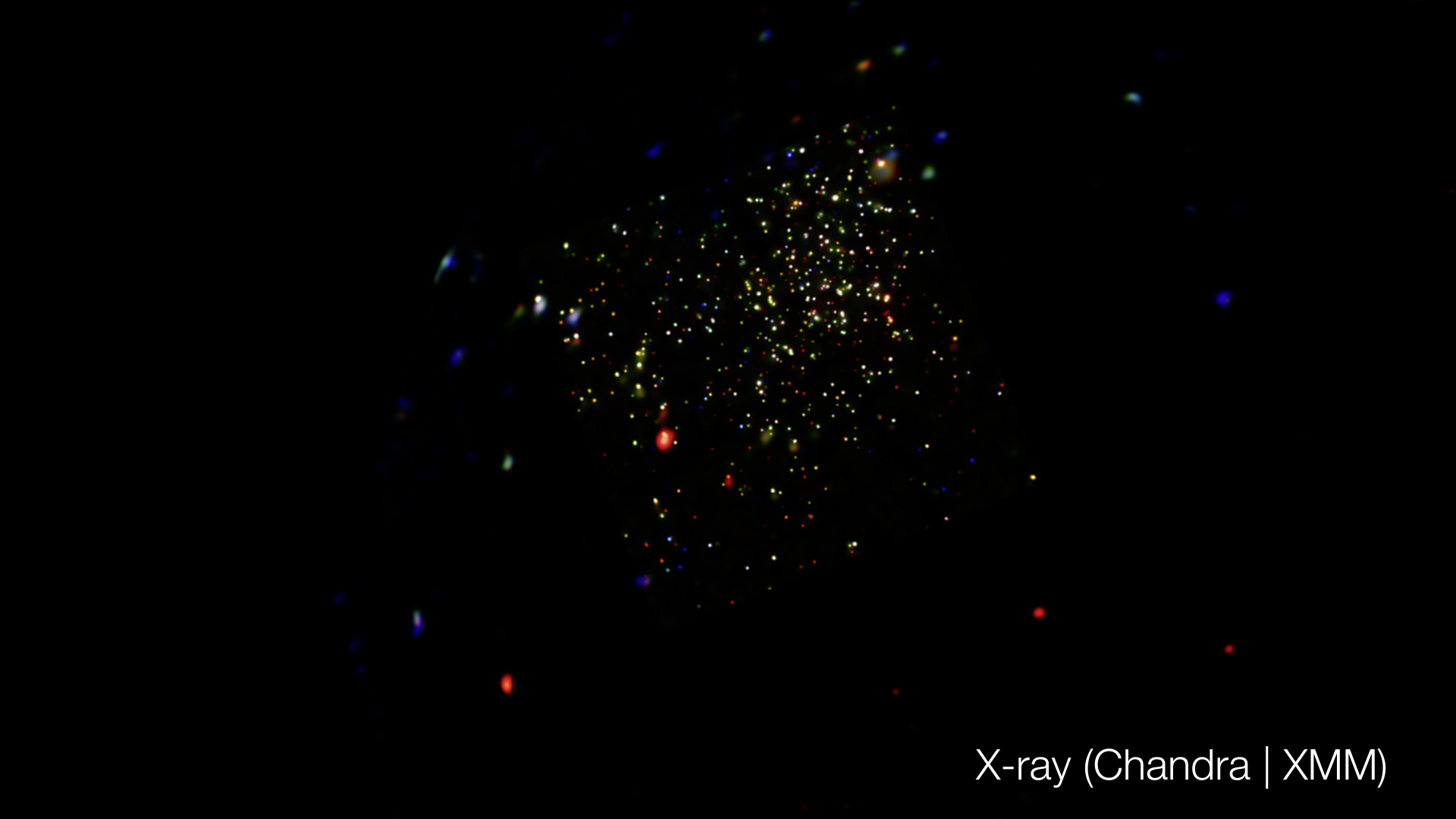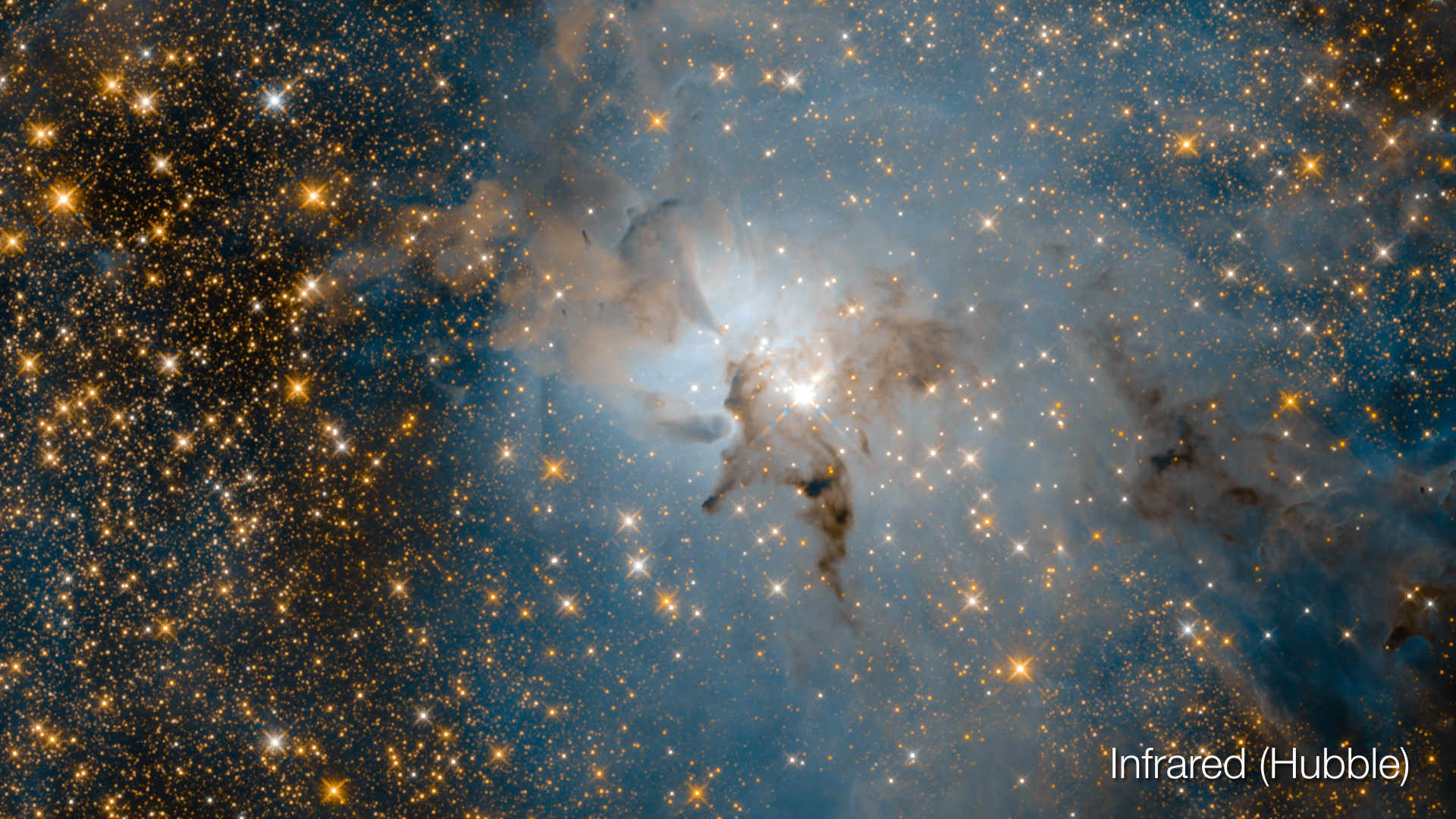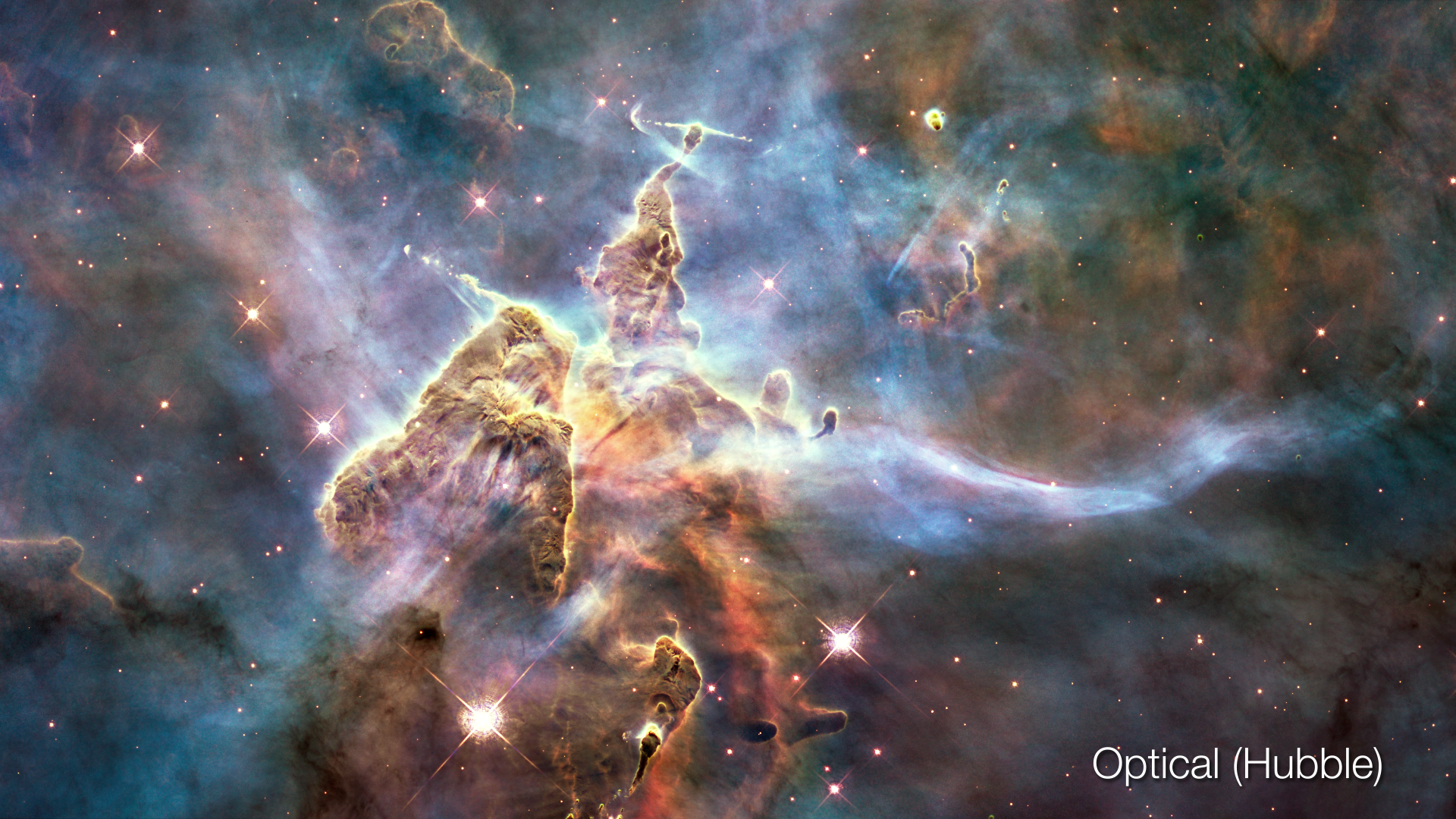Hubble's Field Guide to Nebulae
Nebulae are some of the most resplendent objects in the universe, but it’s easy to confuse which one is an “emission nebula,” and which one is an “absorption nebula.”
Thankfully, this “Field Guide” will give you a quick rundown so you can impress all of your friends with your Nebulae Knowledge!
And thanks to the Hubble Space Telescope, we can study all sorts of nebulae in all of their magnificent forms.
For more information, visit https://nasa.gov/hubble.
Additional Credits:
Photo Logo Opener by Tony Ivonin via Motion Array
Music Credits:
“Himalayan Temple” by Jan Pham Huu Tri [SACEM] via Koka Media [SACEM], Universal Production Music France [SACEM], and Universal Production Music
Master Version
Horizontal version. This is for use on any YouTube or non-YouTube platform where you want to display the video horizontally.
Vertical Version
This vertical version of the episode is for IGTV or Snapchat. The IGTV episode can be pulled into Instagram Stories and the regular Instagram feed.
Credits
Please give credit for this item to:
NASA's Goddard Space Flight Center. However, please credit individual items as indicated above.
-
Producer
- Paul Morris (KBR Wyle Services, LLC)
-
Writer
- Andrea Gianopoulos (ASRC Federal System Solutions)
-
Narrator
Release date
This page was originally published on Monday, November 1, 2021.
This page was last updated on Wednesday, May 3, 2023 at 1:43 PM EDT.
